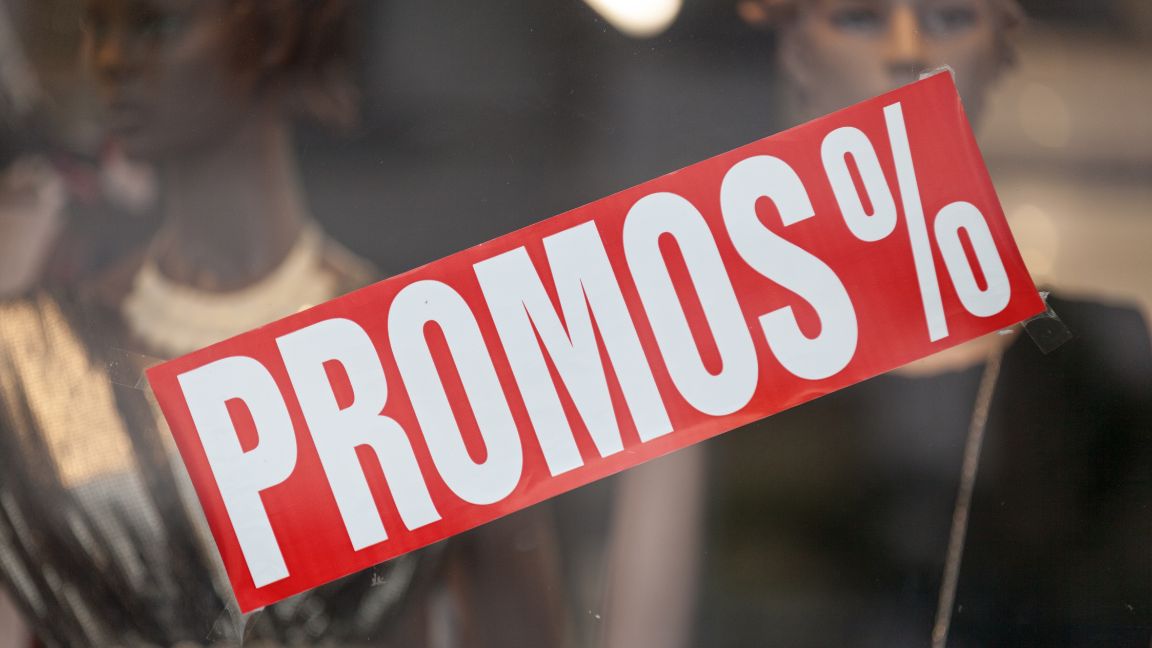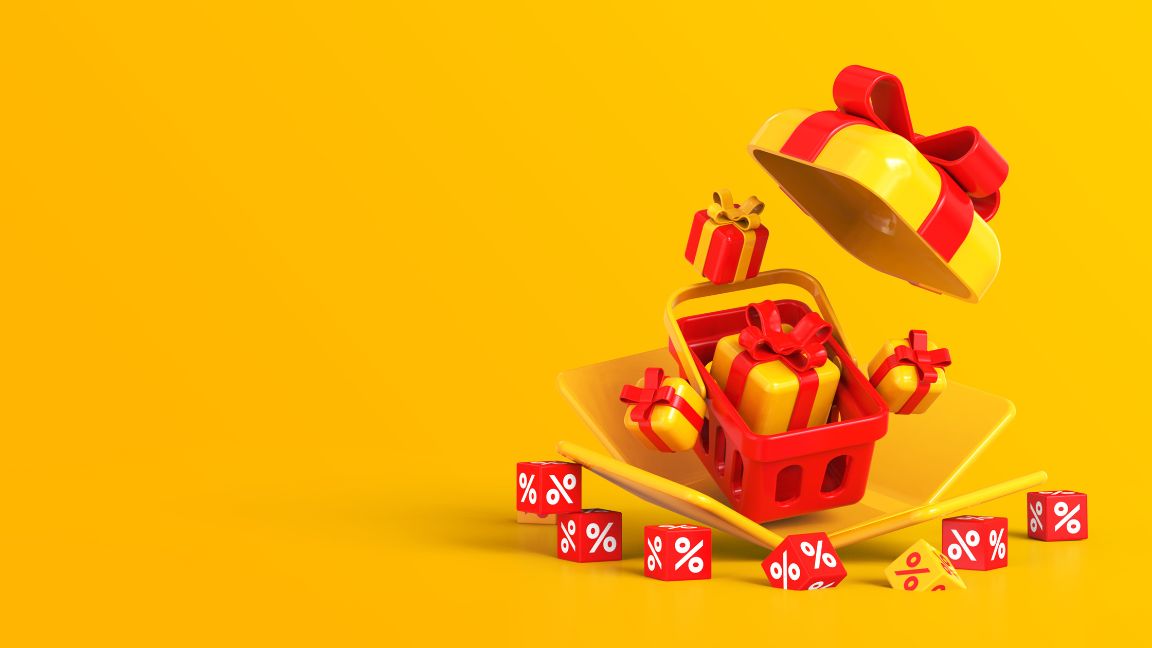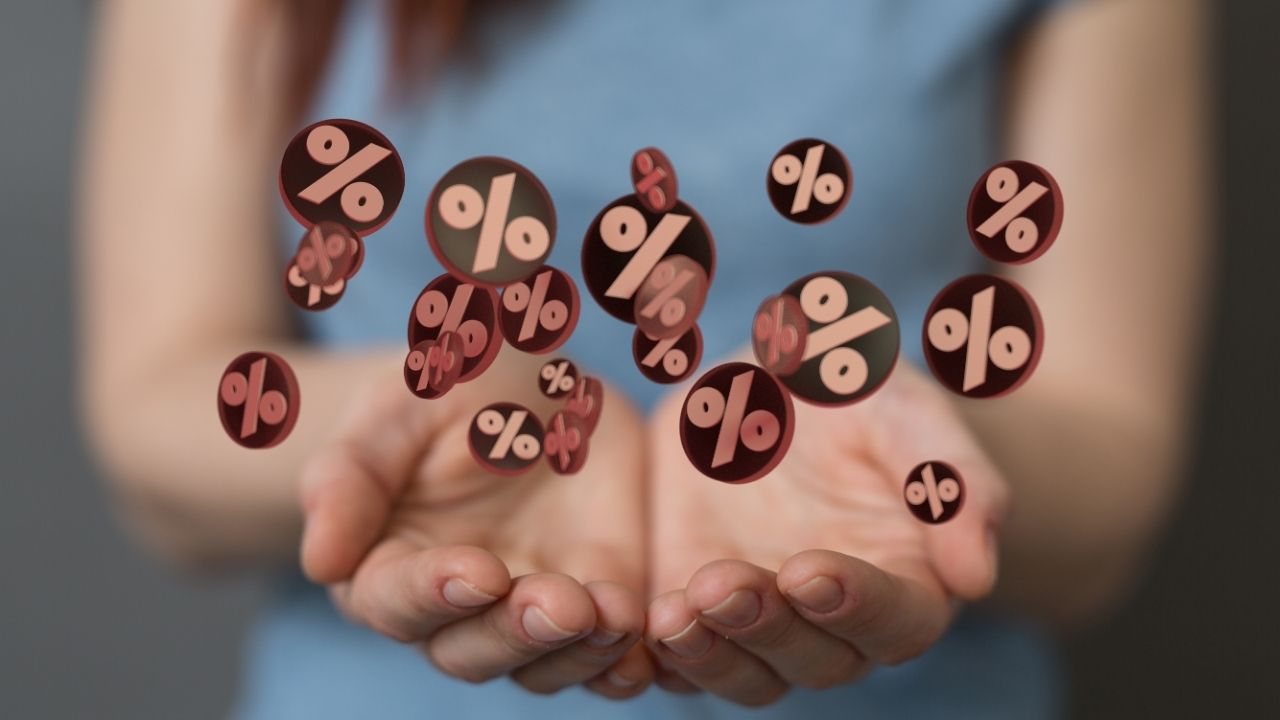

The retail world is highly competitive. Promotional pricing is vital to attract customers, increase sales, and build customer loyalty. However, identifying the most effective strategies can be mindboggling with so many available options.
This guide will provide you with a comprehensive knowledge of promotional pricing, including the latest trends, industry examples, and practical tips for optimizing your campaigns. Statista reports that in 2023, 92% of US buyers used discount coupons.
To monitor your competitors’ many price changes and the offers they launch, you need a tool like Minderest's AI Promotion Intelligence that tracks any retailers’ promotions on a daily basis.
Effective promotional pricing
There are numerous ways to set promotions. Some of the most popular in the retail sector include:
Special discounts
Offer a percentage or a fixed monetary discount of the original price. This strategy, ideal for special events or liquidating stock, can be enhanced by showing the original price crossed out alongside the discounted price and the discount percentage.
Example: “50% discount on the entire winter collection!”
Reduce the unit price of a product when the customer purchases a certain quantity. This strategy is especially effective for products consumed regularly or for incentivizing wholesale or B2B purchases.
Example: “3 for 2”, or,“15% discount when you spend over €100”.
Offer an incentive to the customer to ensure you achieve a minimum spend. Rewards can range from free shipping to free gifts or loyalty points.
Example: “Free shipping when you spend over €50”, or, “Get 10% off your next purchase when you spend over €150”.
Psychological Pricing
Use prices that end in .99 or .95 to make the product seem cheaper. For more strategies, see our psychological pricing blog post.
Example: Set the price of a product at € 9.99 instead of € 10.
Flash offers
Offer time-limited discounts to create a sense of urgency and increase sales fast.
Example: “20% discount today only!”
Combined offers
Offer discounts for purchasing several products at once. There are various types, such as bundle pricing or BOGO offers.
Example: “Buy a smartphone and get 50% off a case.”
Dynamic Pricing
Adjust prices in real time based on demand, competitors, and other factors. This strategy is prevalent in eCommerce and maximizes revenue and profitability.
Example: Adjust the price of a product based on the time of day, day of week or stock availability.
- TIP: You need a tool to implement a Dynamic Pricing strategy. Take a look at Reactev.
The impact of AI on Promotions
Artificial Intelligence (AI) is revolutionizing the way companies manage their promotions. AI tools can help you:
- Forecast demand: Analyze historical data and buying patterns to forecast future demand and adjust promotions and stock accordingly.
- Personalize Offers: Segment customers and offer them relevant promotions based on their interests and needs.
- Price Optimization: Determine the optimal price for each product in real time, considering competitors, demand and other factors.

How to measure the success of promotions
You must measure the performance of your promotions to ensure they are effective. Some key KPIs to keep in mind are:
- Return on Investment (ROI): Calculate the campaign’s profitability by dividing the profits obtained by the promotion cost.
- Conversion rate: Measure the percentage of customers who buy after seeing the promotion.
- Average Cart Value: Analyze the average spend of customers who take advantage of the promotion.
- Web Traffic: Monitor the promotion’s effect on traffic to your website or online store.
Tips for creating effective promotional campaigns
- Define your goals: What do you hope to achieve from the promotion? Increase sales, attract new customers, or increase loyalty of existing customers?
- Know your target audience: What kind of promotions do they find most attractive? What needs do they have?
- Create a sense of urgency: Use phrases like “Limited Time Offer” or “Only X Units Remain” to incentivize the purchase.
- Promote your offers across different channels: Advertise your promotions on your website, social media, email marketing, etc.
- Analyze the results: Monitor campaign performance and adjust as needed based on the results.
What do you need to optimize promotions?
AI Promotion Intelligence Software may be your ultimate wingman, helping you launch and run your promotions efficiently.
This tool allows you to:
- Monitor your competitors’ prices:
- Know when they launch new promotions or make price changes.
- Automate the flow of information and connect them with your BI tools.
- Find out if your prices and promotions are competitive or not.
- Make better decisions based on data.
Ready to take your promotions to the next level? Request a demo and find out how to optimize your pricing strategies.
Remember: Promotional pricing is a powerful tool to boost your sales, but it’s important to use it strategically. Analyze your options, measure results and adapt your strategies to the needs of your business and your customers’ expectations.
Find out how Minderest can take your business to the next level.
Contact our pricing experts to see the platform in action.
Related Articles

AI Agents and Holiday Season: How to Adapt Your Pricing Strategy
Holiday season planning used to revolve around creative campaigns, emotional storytelling, and optimizing the user experience. However, a silent revolution is changing the rules of the game. The rise...
Retail price monitoring: How Decathlon optimizes its strategy
Decathlon’s mission is to make sport accessible to all. In the quest to achieve this aim, the company faces one of the greatest challenges in the retail sector: the need to always offer the right...